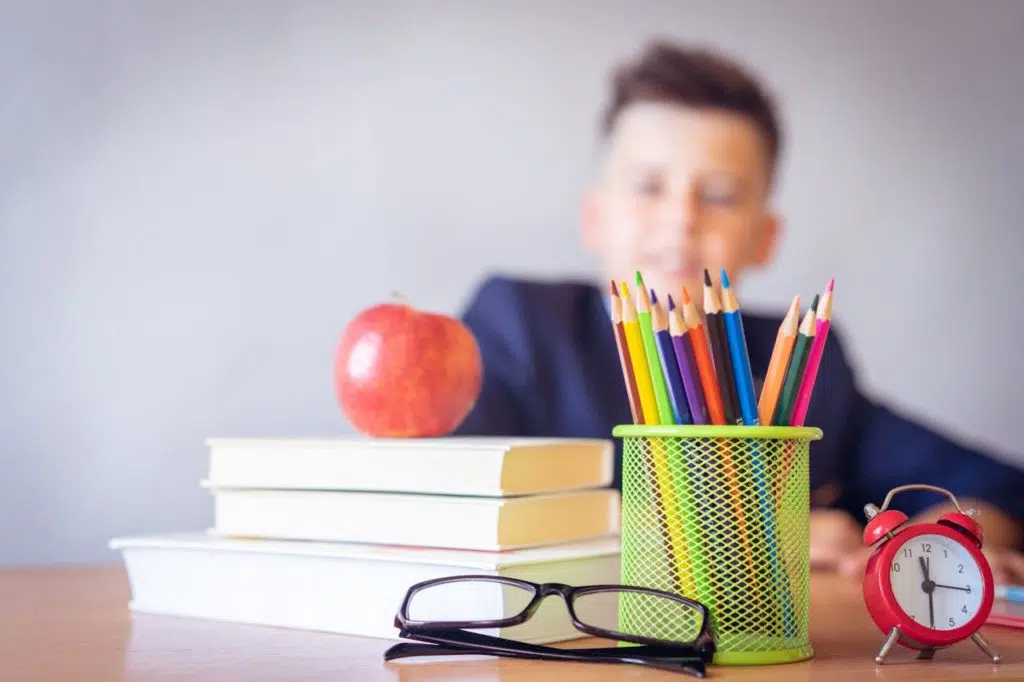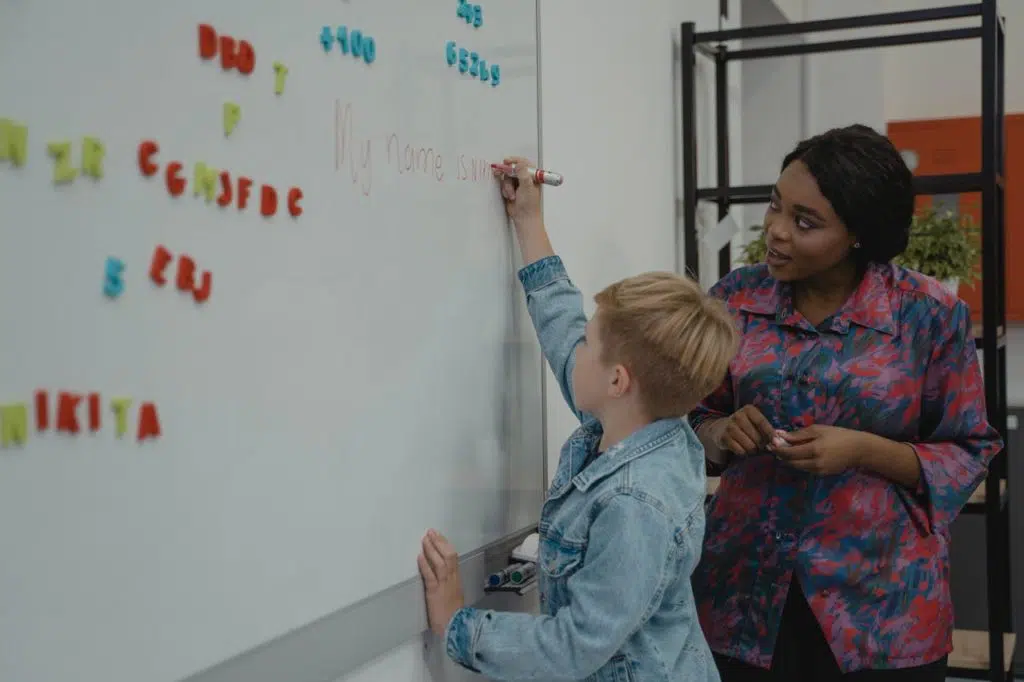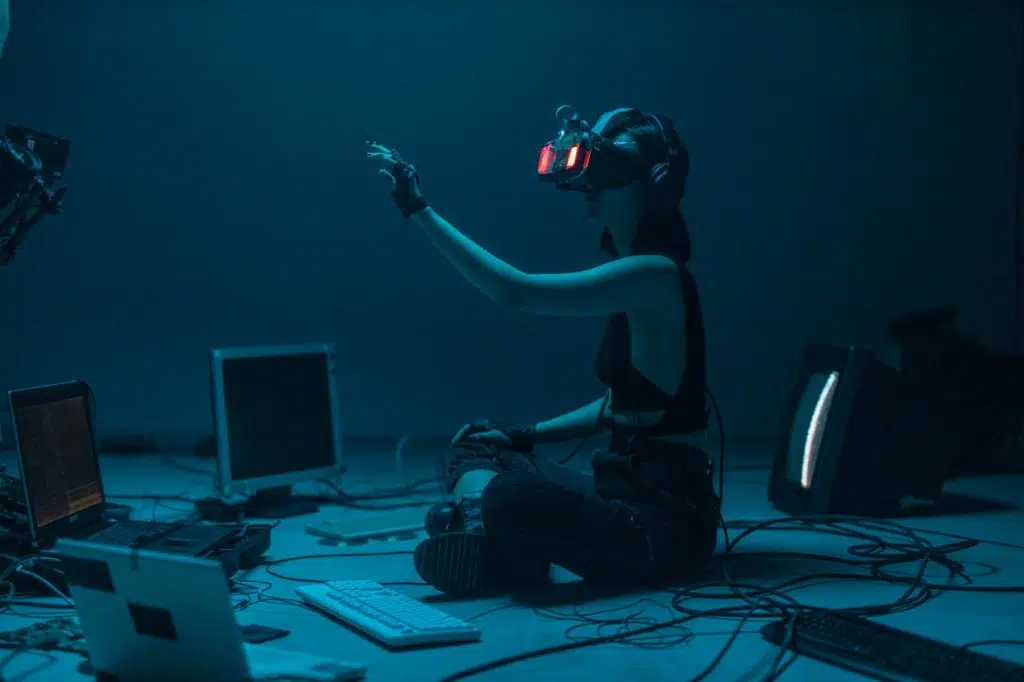
The unprecedented and rapid advancement of artificial intelligence (AI) in a wide variety of fields and sectors is fundamentally transforming many aspects of our lives, and the field of education is no exception.
As AI continues to profoundly reshape industries across the world and redefine the skills required by employers and people for success, the traditional educational approaches we are all familiar with, which heavily focus on memorization and standardized testing among other things, are becoming increasingly outdated and the alarm bells for what’s to come have already started to sound.
To prepare students for the AI-driven future that is inevitable, policymakers, educators, and parents must adapt their practices, the school curricula as well as their mindsets to prioritize the development of creativity and critical thinking skills.
The importance of creativity in the new AI world
In an era in which AI has already begun automating many tasks that used to rely on memorization and repetition on the employee’s behalf, creativity and critical thinking emerge as uniquely human skills that cannot easily be replicated by machines and will be desperately needed in the coming years and decades.
These particular skills enable students, regardless of their age, to approach complex problems from multiple angles. This is something that will not be as easy to find as it is now. People should therefore be able to generate new and innovative solutions and adapt to the ever-changing demands of the constantly-advancing modern world.
By focusing heavily on cultivating and promoting creativity and analytical thinking, teachers of the new age will be in a position where they’ll have the ability to equip students with the tools they are going to need to become lifelong learners. This is the most crucial aspect of the new era we’re all entering. We will need people capable of finding the right path to address the challenges and opportunities presented by the AI revolution that has only begun to unfold before our very eyes.

The AI revolution is exposing limitations of traditional education
We all know, no matter where we come from, that traditionally, all educational systems place a strong emphasis on rote memorization.
Rote memorization involves the repetition and retention of information and facts without necessarily promoting a deeper understanding of subject matter. This is particularly true when it comes to exams, either the Panhellenic exams in the case of Greece or GSCEs and A Levels in England or any other examination system that exists in the world.
While this approach may have proven to be effective for short-term recall—this is actually why it’s been used for so many decades in so many countries—it fails to adequately prepare students for real-world problem-solving scenarios.
This couldn’t be more true in an AI-driven world. In this new era, the ability to apply knowledge creatively and critically will be far more valuable and important than the mere memorization of information that prior generations have become accustomed to.
Thus, overreliance on rote learning will hinder the development of higher-order thinking skills, leaving many of today’s students severely ill-equipped to tackle the challenges of the workforce of the 2030s and beyond.
Strategies for integrating critical thinking in education
The one-million-dollar question is going to be “How do we implement these fundamental changes in our educational systems?” Unfortunately, there is no clear answer to this, as we are all heading to uncharted territory based on the rapid pace of AI advancement. However, basic steps can be taken to help us head to the right direction.
To effectively integrate skills such as creativity, critical thinking, and logical reasoning into the existing curricula, policymakers along with teachers can employ various strategies that don’t require a radical change of their current systems, but instead, offer a more gradual transition to the new world.
One approach is to incorporate much more active, project-based learning. There is clear scientific evidence that this encourages students to explore real-world problems for themselves and develop innovative solutions as they encounter hurdles along the way. By engaging in hands-on projects inside and outside our schools, students can therefore apply their knowledge in meaningful ways and develop a much deeper understanding of subject matter. This comes in direct contrast with the traditional rote memorization that, unfortunately, many schools continue to employ.
Inquiry-based learning is another great and powerful tool that could be utilized by educators across the world. It allows students to ask all sorts of questions, investigate topics independently and on their own accord, and finally draw their own conclusions, which will help them attain a better grasp of the issues they are dealing with.

One might think that schools, especially in the developed world, such as in Europe and North America, have already taken great steps to integrate technology into their learning. And this is true, as interactive boards, tablets, and laptops are indeed being used more and more by teachers and students in classrooms worldwide. However, the way these tools are being used plays a fundamental role in the way the younger generation is taught how to utilize them.
Integrating technology that will be focused on teaching how to use certain AI tools will further support creative problem-solving and critical analysis on the pupils’ behalf by providing them with access to vast amounts of information and enabling them to visualize and manipulate data in new ways. This should be done in ways that will be helpful in students’ future professional endeavors.
Moreover, fostering a classroom environment that values diverse perspectives instead of suppressing them in favor of the mainstream narrative is also very crucial. The AI-era classroom needs to encourage open-minded discussions that will be vital for the development of critical thinking skills. By exposing students to a wide range of sometimes conflicting viewpoints and encouraging them to respectfully challenge and build upon each other’s ideas, teachers will be able to create a space where this much-needed critical thinking thrives.
Furthermore, providing opportunities for children and adult learners to engage more proactively in creative activities, such as art, music, and independent writing, will help them develop their imaginative capacities and express themselves in unique ways. This is particularly crucial, as we all know that in many countries across the world, spending cuts and lack of adequate funding for state-run schools means subjects like these always take a hit. This is so as to balance issues such as lack of specialized teachers, support staff, resources, or even a combination of all these.
Finally, collaboration and teamwork should also be truly emphasized, as they promote the exchange of ideas and facilitate the provision of constructive feedback between students and even educators alike, further enhancing creativity and critical thinking among younger generations.
Adapting education to the world of AI
Of course, for creativity and critical thinking to become central components of this new educational experience, teachers of all levels and backgrounds must be willing to radically change and adapt their teaching methods. This is something that is undoubtedly not easy.
Professional development opportunities should start to focus more on equipping teachers with the skills and strategies desperately needed to effectively integrate these competencies into their lessons instead of thousands of hours being, quite frankly, wasted with unnecessary bureaucratic and admin training that shouldn’t even be a teacher’s job in the first place.
By modeling well-thought creative problem-solving and critical thinking in their own practice, teachers can truly inspire and guide students to embrace these skills. Additionally, collaboration among teachers, administrators, and policymakers is key if we want to drive systemic change in our schools and educational settings and ensure that the development of creativity and critical thinking becomes a national and international priority at all levels of educational systems around the world.
The big education crisis caused by AI is not going to be in schools (there was cheating before AI & we can figure out AI uses that boost learning), but after graduation.
White collar work is secretly based on an apprenticeship system that will break
From my book Co-Intelligence pic.twitter.com/NliMcPzlcr
— Ethan Mollick (@emollick) April 7, 2024
The future of education starts now
In this challenging yet exciting new era of artificial intelligence, we all have an incredible opportunity to reimagine education and equip our children with the skills they’ll need to not just survive in this new landscape but thrive. By putting creativity and analytical thinking front and center in our classrooms, we will be able to ignite the sparks of imagination and independent thought in young minds, something that will prove extremely valuable in the coming years and decades.
This isn’t just about preparing children for future jobs and careers. It’s about empowering an entire generation to approach the new and somehow still unknown challenges with fresh perspectives. We need to help these young minds dream big and come up with innovative solutions that will question the status quo and create a better, much more inclusive world where AI will be an assistant rather than a threat. We need bold, original, and innovative thinkers who can see the potential in all these new emerging technologies and have the vision to use them proactively in ways that will benefit all of humanity instead of marginalizing people who start their journey in life from a disadvantaged position.
This is why educators are at the crossroads of a major change and have the profound responsibility and privilege of nurturing these crucial and essential skills in the minds of the younger generations. Of course, we all know that it won’t always be easy, as something like this requires a strong will to break free from the confines of rigid and old-established curricula and standardized tests.
However, by embracing these new tools in the classrooms and using them as core educational values, teachers will be able to unleash a wave of human potential that will carry us forward into an exhilarating future.
See all the latest news from Greece and the world at Greekreporter.com. Contact our newsroom to report an update or send your story, photos and videos. Follow GR on Google News and subscribe here to our daily email!



